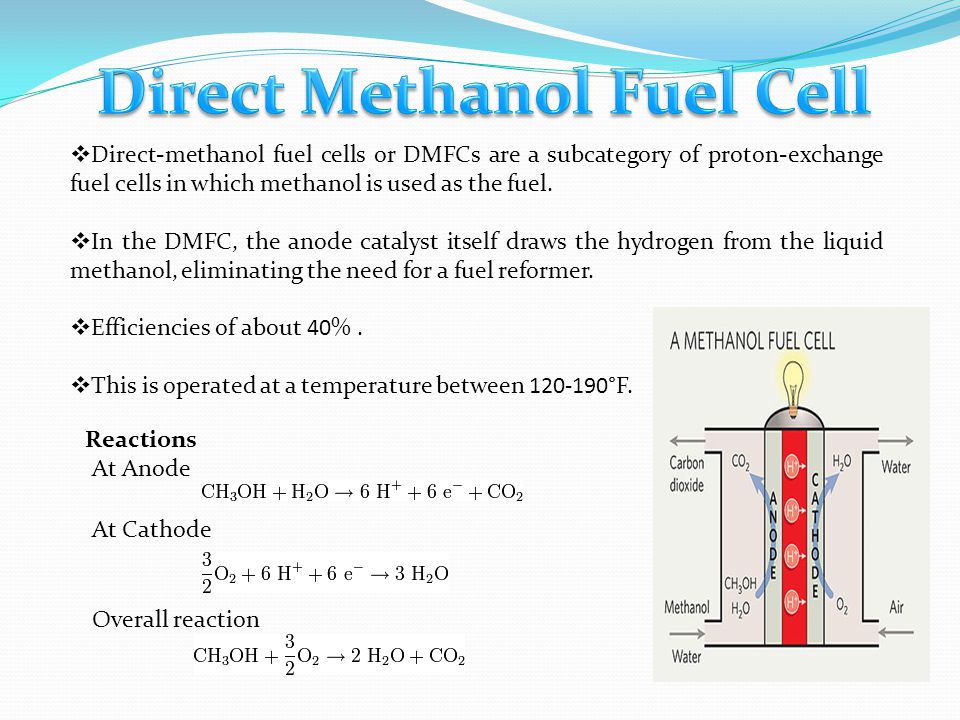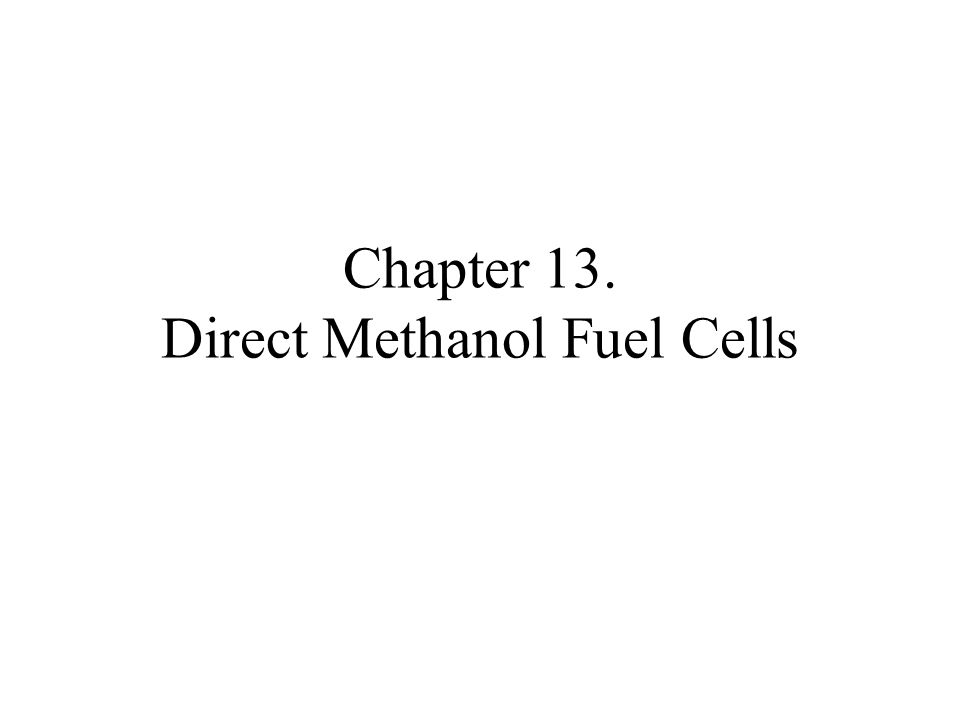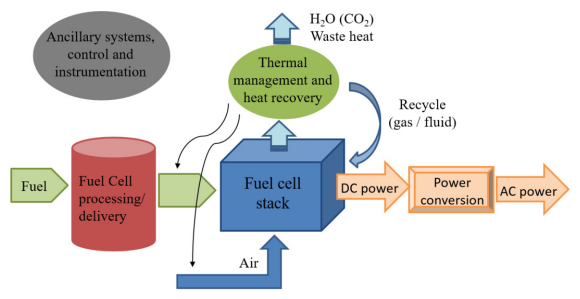Direct Methanol Fuel Cell Working Principle

Bio ethanol based fuel cells may improve the well to wheel balance of this biofuel because of the increased conversion rate of the fuel cell compared to the internal combustion engine.
Direct methanol fuel cell working principle. Fuel cell systems have a high efficiency which in principle can outperform those of combustion engines. This is more attractive than the conventional hydrogen fuelled cells particularly for transportation applications which rely on bulky and often unresponsive reformer systems to convert methanol or other. High low temperature fuel cells fuel cells are subdivided in low temperature lt and high temperature ht fuel cells. 120 c and ht fuel cells from approx.
But real world figures may be only achieved in some years since the development of direct methanol and ethanol fuel cells is lagging behind hydrogen powered fuel. About 3 in mass to carry the reactant into the cell. Common operating temperatures are in the range 50 120 c where high temperatures are usually pressurized dmfcs themselves are more efficient at high temperatures and. Direct methanol fuel cells descripción.
El objetivo es conocer las pilas de combustible de metanol dmfc sus fundamentos y las ventajas y las limitaciones de su uso respecto a otras. Lt fuel cells work in a range from room temperature to approx. A fuel cell is an electrochemical cell that converts the chemical energy of a fuel often hydrogen and an oxidizing agent often oxygen into electricity through a pair of redox reactions. A direct methanol fuel cell dmfc is an electrochemical cell that generates electricity based on the oxidation of methanol and reduction of oxygen.
An attempt by matthew feickert to build an operational direct methanol fuel cell for his independent study in chemistry during the 1st semester for the 2006. In contrast to indirect methanol fuel cells where methanol is reacted to hydrogen by steam reforming dmfcs use a methanol solution usually around 1m i e. An aqueous methanol solution of low molarity acts as the reducing agent that traverses the anode flow field.














































